 The Fictional Café is publishing three audio excerpts from V.E. Ulett’s Captain Blackwell’s Prize as a podcast. The first went up last Friday and the will continue for the next two Fridays, followed by an interview with the author on the fourth and last Friday of March. Definitely worth a listen. Click here to go to the podcast.
The Fictional Café is publishing three audio excerpts from V.E. Ulett’s Captain Blackwell’s Prize as a podcast. The first went up last Friday and the will continue for the next two Fridays, followed by an interview with the author on the fourth and last Friday of March. Definitely worth a listen. Click here to go to the podcast.
In our review of Captain Blackwell’s Prize, we wrote: What makes Captain Blackwell’s Prize so entertaining is that it falls equally well in the categories of nautical adventure and historical romance. It is the sort of novel that readers of C.S. Forester and Patrick O’Brian can enjoy along with fans of Jane Austen and Daphne du Maurier. … A fun and fascinating read. Highly recommended.
Captain Blackwell’s Prize is available in print, as an e-book and an audio book.

 For the last few years,
For the last few years,


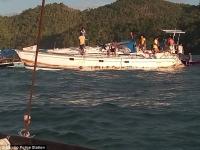 Two fisherman came across a macabre scene on a dismasted derelict sailboat, drifting 40 miles off the coast of Barobo in Surigao del Sur in the Philippines. A figure, the color of dry plaster, was slumped over the chart table with one hand appearing to reach for the radio handset. It was the
Two fisherman came across a macabre scene on a dismasted derelict sailboat, drifting 40 miles off the coast of Barobo in Surigao del Sur in the Philippines. A figure, the color of dry plaster, was slumped over the chart table with one hand appearing to reach for the radio handset. It was the 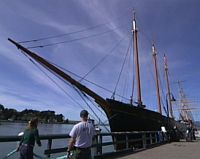 Last week, the 1895 lumber schooner
Last week, the 1895 lumber schooner  Has Royal Caribbean Lines learned its lesson? Just days after a
Has Royal Caribbean Lines learned its lesson? Just days after a 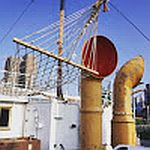
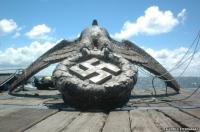 What has been referred to as the Second Battle of the River Platte, may be coming to an end. In 2010, we
What has been referred to as the Second Battle of the River Platte, may be coming to an end. In 2010, we 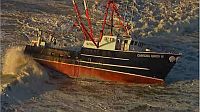 Those of us around New York harbor have been watching a dramatic rescue unfold this morning. Around 2 AM, the 76-foot scallop fishing vessel
Those of us around New York harbor have been watching a dramatic rescue unfold this morning. Around 2 AM, the 76-foot scallop fishing vessel Recent studies suggest that sea levels are now rising at the fastest rate in the last 28 centuries. According to two reports, increased flooding in coastal communities in America can be traced directly to increased the production of greenhouse gases from human activity. The report authors say that the problem will grow far worse in coming decades. Nevertheless, the governments of some states most impacted by the rising waters are opting to deny that the problem even exists.
Recent studies suggest that sea levels are now rising at the fastest rate in the last 28 centuries. According to two reports, increased flooding in coastal communities in America can be traced directly to increased the production of greenhouse gases from human activity. The report authors say that the problem will grow far worse in coming decades. Nevertheless, the governments of some states most impacted by the rising waters are opting to deny that the problem even exists.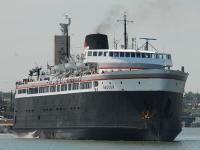 The Department of the Interior recently announced that the
The Department of the Interior recently announced that the 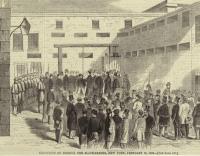
 Some folks think that those around New York City are unfriendly, which couldn’t be further from the truth. Here is a short video of a seal resting on a patch of ice in the Hudson River waving at Megan Viscovich and her co-workers who spotted the seal from their office overlooking the river in Edgewater, NJ. As reported by
Some folks think that those around New York City are unfriendly, which couldn’t be further from the truth. Here is a short video of a seal resting on a patch of ice in the Hudson River waving at Megan Viscovich and her co-workers who spotted the seal from their office overlooking the river in Edgewater, NJ. As reported by 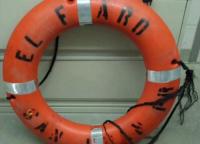 Why did Captain Michael Davidson set a course that brought his ship,
Why did Captain Michael Davidson set a course that brought his ship, 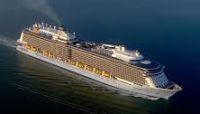 A few days after the
A few days after the